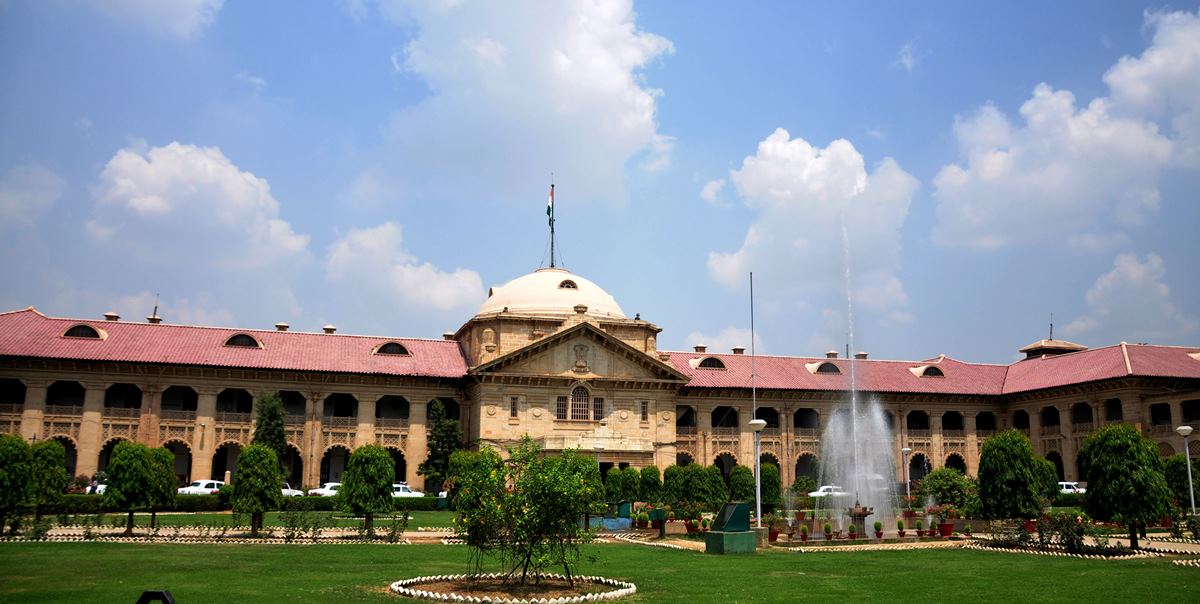Why are farmers protesting?
On 20-Sep-2020, the bill has been in the upper house by the voice vote of the farmer’s bill 2020 and the farmer’s [Empowerment and protection] Agreement of Price Assurance and Farm Services Bill 2020. The bills have already passed by the Lok Sabha and the President assent before they are notified as law. The bail mainly proposed legislation to help small and marginal farmers who does not have either bargain power for their products for a better price or invest in technology to improve the productivity of framers.
Why the protest –
Mostly, the protest against the end of minimum support price [MSP] due to this state controlled APMC ‘mandis’ having risk of losing out land rights under contract farming rule and reduction in the price of the farmers production due to market domination by big agri business and big farmer got exploited by big contract framing provisions. The state governments of Haryana and Punjab will be affected because of loss of Mandi Tax as a good source of revenue.
The issue is that it is complicated how this will happen as a general rule. For one, ranchers would already be able to offer to private parts in numerous states however, what these bills do is offer a public system. Yet, ranchers are mostly worried that this will in the long run lead to the furthest limit of discount showcases and guaranteed costs, leaving them with no back-up alternative. That is, in the event that they are not happy with the cost offered by a private purchaser, they cannot re-visitation of the mandi or use it as a negotiating advantage during arrangements. “To start with, ranchers will feel pulled in to these private players, who will offer a superior cost for the produce. The administration mandis will get together then and following a couple of years, these players will begin misusing the ranchers.
In India, almost 85 percent of helpless ranchers own under two hectares of land. Ranchers like these think that its hard to haggle legitimately with enormous scope purchasers. In a report by news office Reuters, pioneers inside the cultivating network said mandis assume a urgent part in guaranteeing ideal installments to them. Eliminating these business sectors, or permitting corporate direct access, without offering another option, for example, controlled direct-buy focuses. MSPs are additionally of worry to rice and wheat ranchers, who sell legitimately to the administration at these ensured costs. They dread that administration buy will offer approach to private purchasers, who could arm-wind them to sell at lower rates. These ensured costs, which the administration today raised, are regularly a wellspring of credit in tough situations like dry spells and harvest disappointment. The NSSO report for 2012-13 said fewer than 10 percent ranchers sell their produce at the MSP. It is assessed now that just around six percent of the ranchers in the nation get MSP evaluating for their produce. The staying 94 percent of the ranchers offer their produce to the market. The six percent ranchers have a guaranteed pay and a larger part of them are from Punjab and Haryana. One of the ranch bills – The Farmers Produce Trade and Commerce (Promotion and Facilitation) Bill – approves ranchers to sell their produce outside APMC mandis. This may influence the ranchers who as of not long ago have had guaranteed pay because of higher acquisition by the legislatures in their states. A look at this report of the Department of Food and Public Distribution shows that Punjab and Haryana ranchers generally rely upon the APMC mandis for their guaranteed salaries, and that clarifies why the ranchers from these states are known for dispatching lobbies for higher MSP.


